Home>Maintenance & Safety>Home Maintenance Checklists>How To Keep Gnats Out Of Trash Can
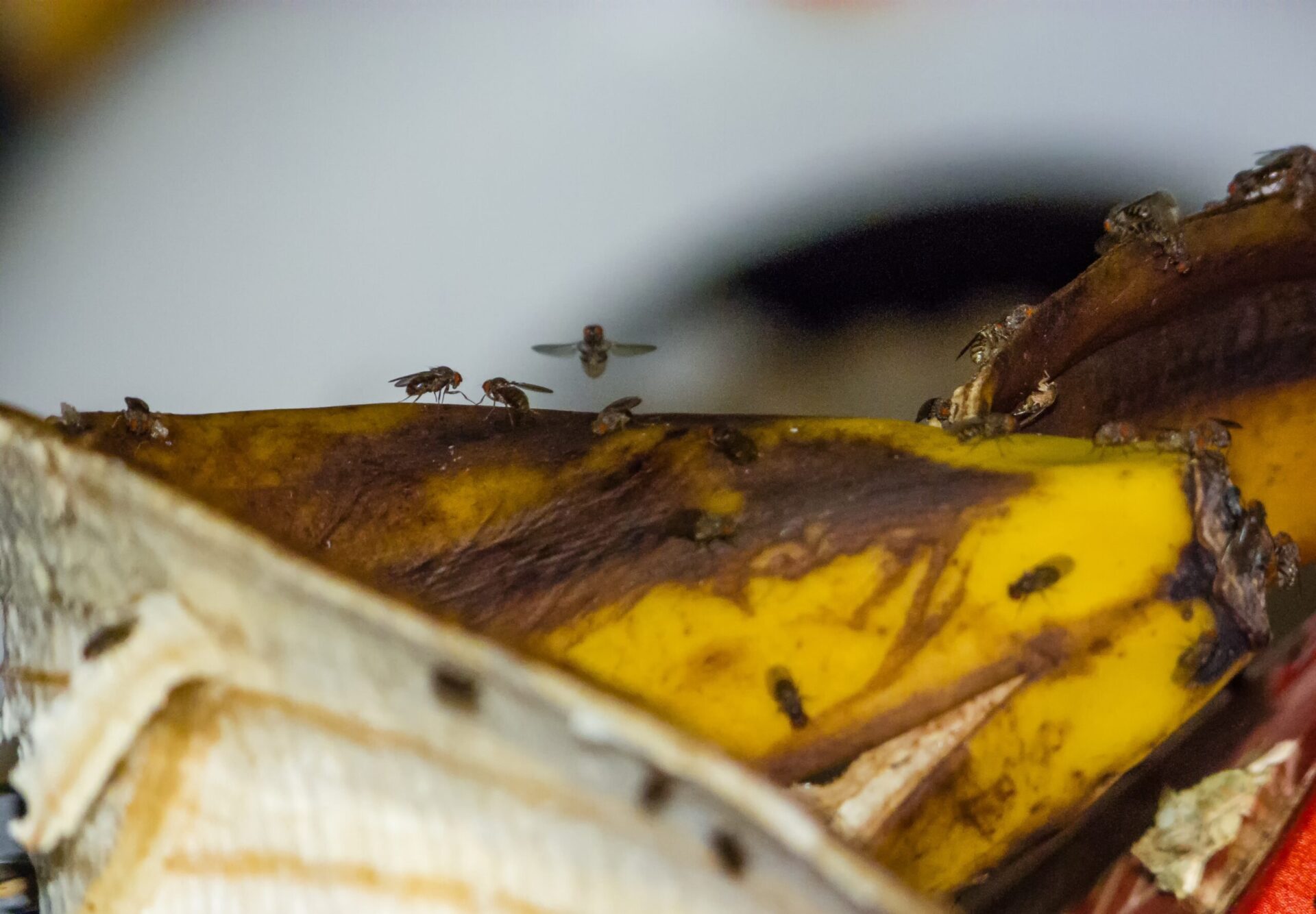

Home Maintenance Checklists
How To Keep Gnats Out Of Trash Can
Modified: April 23, 2024
Learn effective home maintenance checklists to keep gnats out of your trash can and maintain a clean living environment. Implement these tips for a gnat-free home!
(Many of the links in this article redirect to a specific reviewed product. Your purchase of these products through affiliate links helps to generate commission for Storables.com, at no extra cost. Learn more)
**
Introduction
**
Keeping gnats out of your trash can may seem like a never-ending battle, but fear not! With a few simple strategies and some natural remedies, you can reclaim your trash can and prevent those pesky gnats from taking over. Gnats, also known as fruit flies, are tiny insects that can quickly become a nuisance, especially in warmer months. They are attracted to decaying organic matter, making your trash can a prime target for infestation. Understanding the habits of gnats and implementing preventative measures can help you maintain a gnat-free environment and ensure that your trash can remains a clean and odor-free space. In this guide, we'll explore effective methods for keeping gnats out of your trash can, allowing you to bid farewell to these unwelcome visitors once and for all.
Key Takeaways:
- Keep your trash can gnat-free by regularly cleaning, properly disposing of waste, and securing the lid. Natural remedies like essential oils and vinegar traps can also help deter gnats without harsh chemicals.
- Gnats are attracted to odors and moisture, so drain excess liquids from food waste and use natural repellents like citrus peels and herbal sachets to create an inhospitable environment for gnats. Regular maintenance and strategic placement of your trash can can also help prevent infestations.
Read more: How To Keep Ants Out Of Trash Can
Understanding Gnats
Before delving into strategies for keeping gnats out of your trash can, it’s helpful to understand the behavior and characteristics of these tiny pests. Gnats, often referred to as fruit flies, are small insects that are commonly found in and around decaying organic matter. They are attracted to the odors emitted by decomposing food and other organic materials, making trash cans an ideal breeding ground for them. Gnats have a short life cycle, with the ability to reproduce rapidly under the right conditions. Female gnats lay their eggs near organic matter, and within days, the eggs hatch into larvae that feed on the decaying material. This rapid reproduction cycle can lead to a significant gnat infestation in a short period of time.
Gnats are not only a nuisance, but they can also pose health risks by contaminating food and surfaces with bacteria. Additionally, their presence can contribute to unpleasant odors and an unsanitary environment. Understanding the habits and life cycle of gnats is crucial in effectively addressing and preventing infestations, particularly in areas such as trash cans where decaying organic matter is abundant.
By gaining insight into the behavior and preferences of gnats, you can implement targeted strategies to deter them from your trash can, ensuring that it remains free of these unwanted visitors.
Identifying the Problem
When dealing with a gnat infestation in your trash can, it’s essential to accurately identify the extent of the problem and the factors contributing to it. Gnats are commonly attracted to the odors and moisture associated with decaying organic matter, making trash cans an ideal breeding ground for them. The presence of gnats in or around your trash can may indicate that it’s time to address potential contributing factors.
One of the first steps in identifying the problem is to inspect the interior and exterior of your trash can for any signs of gnats, such as small flying insects or their larvae. Additionally, take note of any odors emanating from the trash can, as strong or foul smells can attract gnats. If you notice an abundance of gnats in the vicinity of your trash can, it’s crucial to investigate the contents and cleanliness of the can to pinpoint the source of the infestation.
Another aspect to consider when identifying the problem is the type of waste being disposed of in the trash can. Organic materials, such as fruit peels, vegetable scraps, and food residues, are particularly attractive to gnats due to their odor and nutrient content. Ensuring that these types of waste are properly contained and disposed of can significantly reduce the likelihood of gnat infestations.
Furthermore, assessing the condition of the trash can itself is important. Cracks, gaps, or damaged seals in the lid or body of the can can provide entry points for gnats and other pests. Properly sealing the trash can and addressing any structural issues can help prevent gnats from accessing the contents and breeding within the container.
By meticulously identifying the factors contributing to the gnat infestation in your trash can, you can develop targeted solutions to address the problem and prevent future occurrences. Understanding the specific conditions that attract gnats will enable you to implement effective preventative measures and maintain a gnat-free environment around your trash can.
To keep gnats out of your trash can, make sure to tightly seal the lid and clean any spills or food residue regularly. You can also use a natural gnat repellent like vinegar or essential oils.
Tips for Preventing Gnats in Trash Cans
Preventing gnats from infesting your trash can involves implementing proactive measures to deter these pests and maintain a clean and odor-free environment. By following these tips, you can effectively minimize the risk of gnat infestations and ensure that your trash can remains free of unwanted visitors:
- Regular Cleaning: Regularly clean and sanitize your trash can to remove any residue or odors that may attract gnats. Use a mild detergent or a mixture of water and vinegar to thoroughly clean the interior and exterior of the can, paying close attention to the lid and any seals where gnats may gain entry.
- Proper Waste Disposal: Dispose of organic waste in sealed bags or containers to prevent odors from attracting gnats. Double-bagging particularly odorous items can further reduce the likelihood of attracting pests.
- Secure Lid: Ensure that the lid of your trash can closes securely to prevent gnats from accessing the contents. Repair or replace any damaged seals or hinges to create a tight barrier that prevents pests from entering.
- Dry Contents: Whenever possible, drain excess liquids from food waste before disposing of it in the trash can. Gnats are attracted to moisture, so reducing the dampness of the contents can help deter them.
- Regular Maintenance: Inspect your trash can regularly for any signs of damage or wear that may compromise its integrity. Address any issues promptly to prevent gnats from finding entry points.
- Strategic Placement: Consider the location of your trash can, positioning it away from areas where gnats are likely to breed, such as compost piles or standing water. Placing the can in a well-ventilated area can also help reduce moisture buildup and discourage gnat infestations.
- Use of Repellents: Consider using natural gnat repellents, such as essential oils or vinegar, around the trash can to deter gnats from congregating in the vicinity. These natural remedies can help create an inhospitable environment for gnats without introducing harmful chemicals.
By incorporating these preventative measures into your routine trash can maintenance, you can significantly reduce the risk of gnat infestations and maintain a clean and pest-free environment around your trash can.
Natural Remedies for Keeping Gnats Away
When it comes to keeping gnats at bay, natural remedies offer effective and environmentally friendly solutions to deter these pesky pests from infesting your trash can. By harnessing the power of natural ingredients and repellents, you can create an inhospitable environment for gnats, minimizing the risk of infestations without resorting to harsh chemicals. Consider incorporating the following natural remedies into your gnat prevention routine:
- Essential Oils: Certain essential oils, such as citronella, eucalyptus, and peppermint, are known for their insect-repelling properties. Dilute a few drops of your chosen essential oil in water and spray the solution around the perimeter of your trash can to create a natural barrier that deters gnats.
- Vinegar Traps: Fill a small bowl with apple cider vinegar and add a few drops of dish soap. The scent of the vinegar will attract gnats, while the dish soap will break the surface tension, causing the gnats to drown when they come into contact with the solution. Place the vinegar trap near your trash can to capture gnats and reduce their population.
- Citrus Peels: Gnats are repelled by the scent of citrus fruits. Placing citrus peels, such as lemon or orange rinds, in and around your trash can can help deter gnats from congregating in the vicinity. Replace the peels regularly to maintain their effectiveness.
- Herbal Sachets: Create sachets filled with dried herbs such as lavender, rosemary, or mint, and place them near your trash can. These fragrant herbs act as natural gnat repellents and can help keep the area around the trash can gnat-free.
- Diatomaceous Earth: Sprinkle food-grade diatomaceous earth around the base of your trash can. This natural powder is composed of fossilized remains of diatoms and can effectively dehydrate and kill gnats and other insects upon contact, serving as a natural barrier against infestations.
- Maintain Outdoor Areas: Keep outdoor areas around your trash can tidy and free of standing water, which can attract gnats. Regularly empty and clean outdoor bins, bird baths, and other potential gnat breeding sites to minimize the presence of these pests.
By incorporating these natural remedies into your gnat prevention efforts, you can create an environment that is inhospitable to gnats, reducing the likelihood of infestations and maintaining a clean and pest-free space around your trash can.
Read more: How To Keep Cat Out Of Trash Can
Conclusion
Keeping gnats out of your trash can is a manageable task when armed with the right knowledge and preventative strategies. By understanding the behavior of gnats and the conditions that attract them, you can effectively implement measures to deter these pests and maintain a gnat-free environment around your trash can.
Regular cleaning and proper waste disposal are essential practices for preventing gnat infestations, as they minimize the odors and moisture that attract gnats to trash cans. Ensuring that the lid of the trash can is secure and addressing any structural issues can further prevent gnats from accessing the contents and breeding within the container.
By incorporating natural remedies, such as essential oils, vinegar traps, and citrus peels, you can create an inhospitable environment for gnats without relying on harsh chemicals. These natural solutions offer effective means of deterring gnats and reducing the risk of infestations around your trash can.
Ultimately, maintaining a clean, well-sealed, and odor-free trash can, along with implementing natural gnat repellents, can significantly reduce the likelihood of gnat infestations and ensure that your trash can remains a clean and pest-free space.
With these tips and strategies in mind, you can confidently take proactive steps to keep gnats out of your trash can, allowing you to enjoy a clean and gnat-free environment while effectively managing household waste.
Frequently Asked Questions about How To Keep Gnats Out Of Trash Can
Was this page helpful?
At Storables.com, we guarantee accurate and reliable information. Our content, validated by Expert Board Contributors, is crafted following stringent Editorial Policies. We're committed to providing you with well-researched, expert-backed insights for all your informational needs.

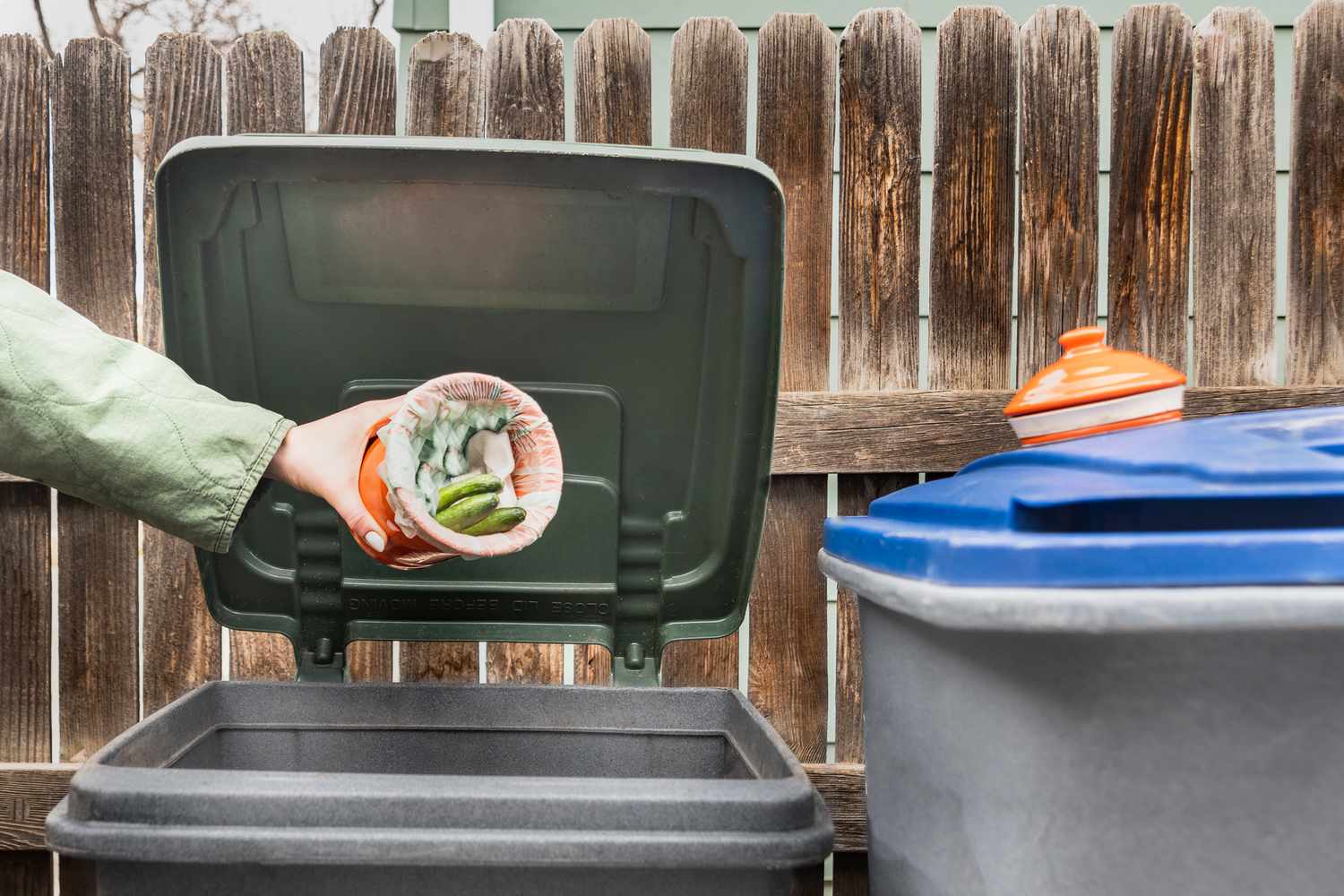
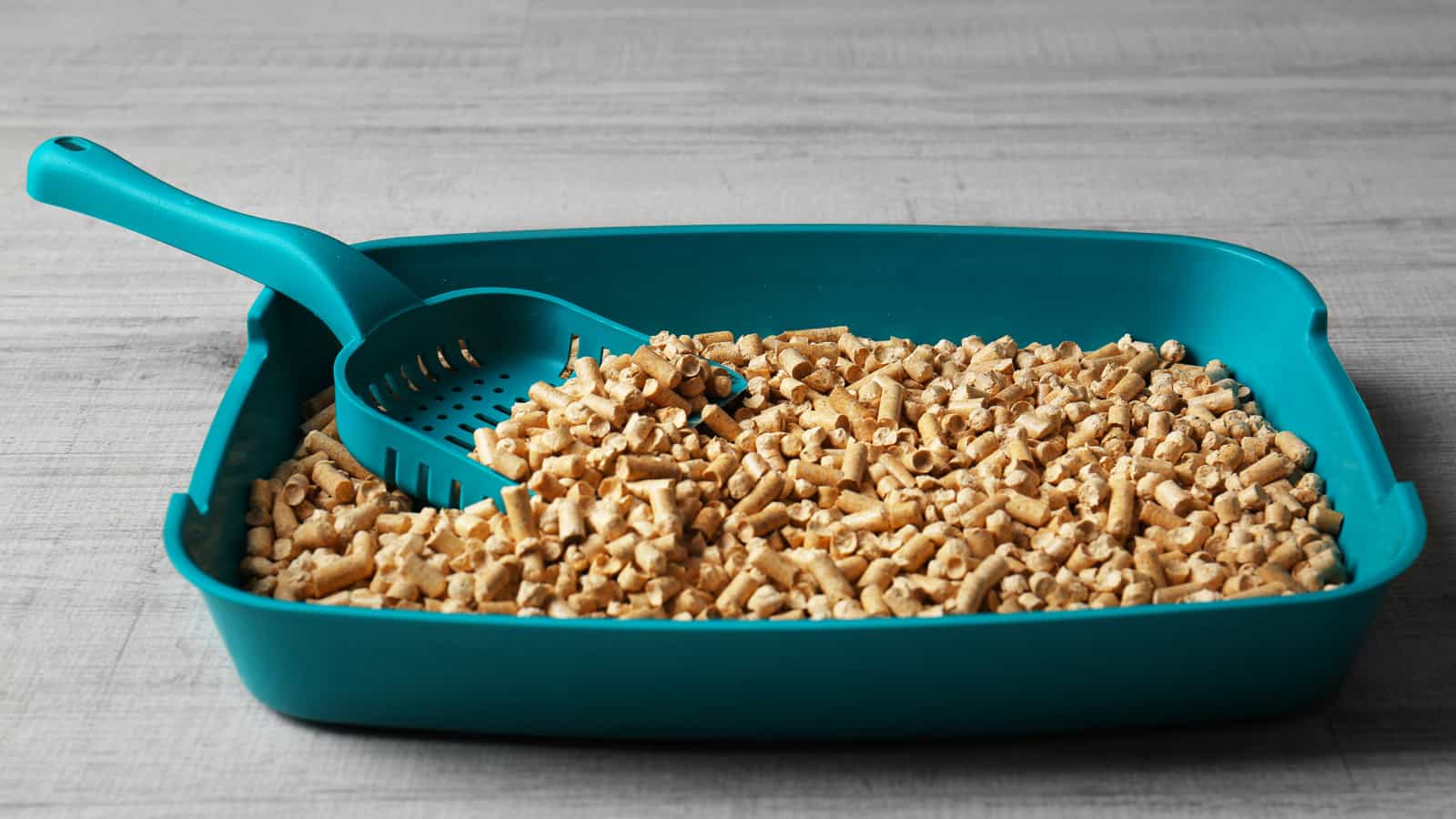

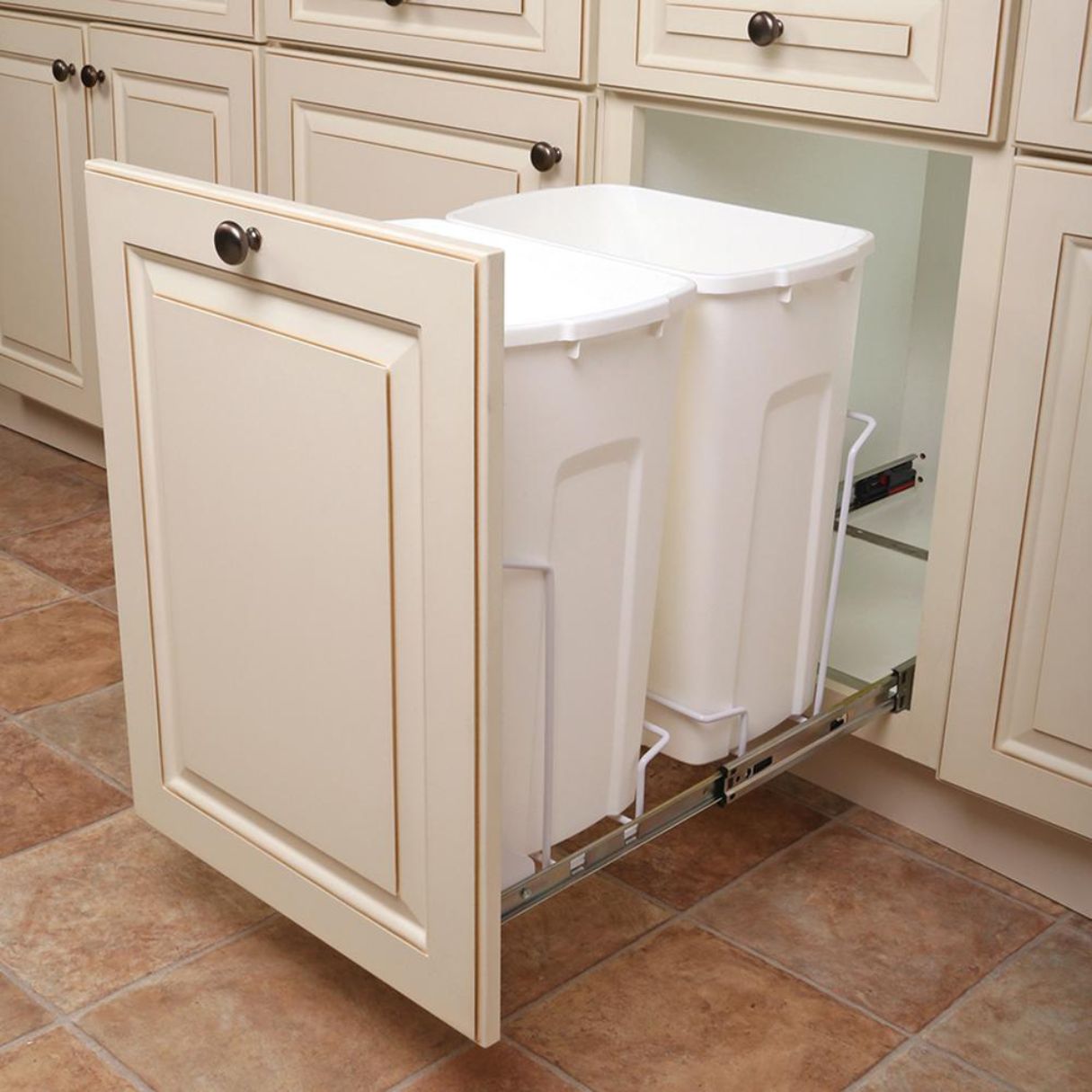

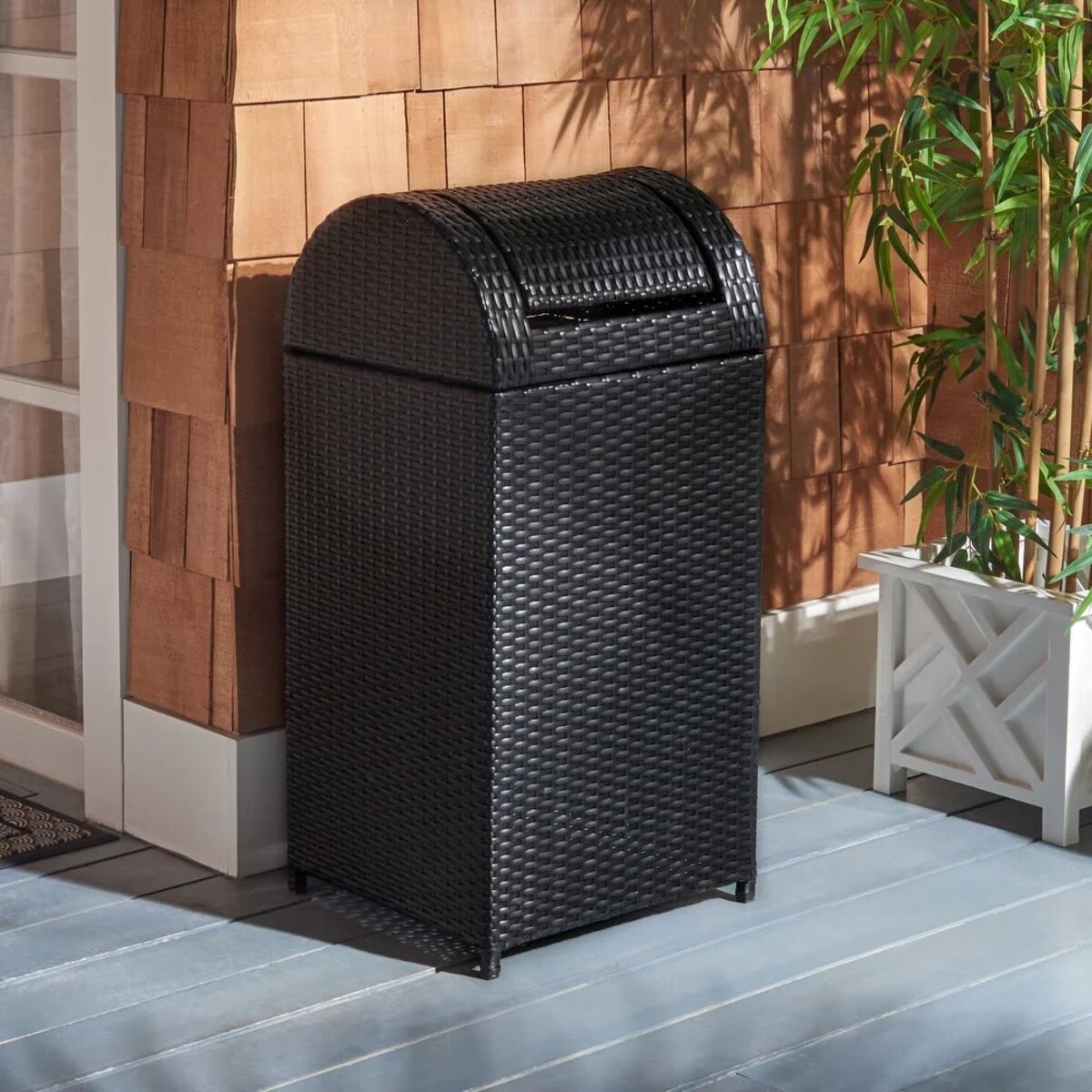
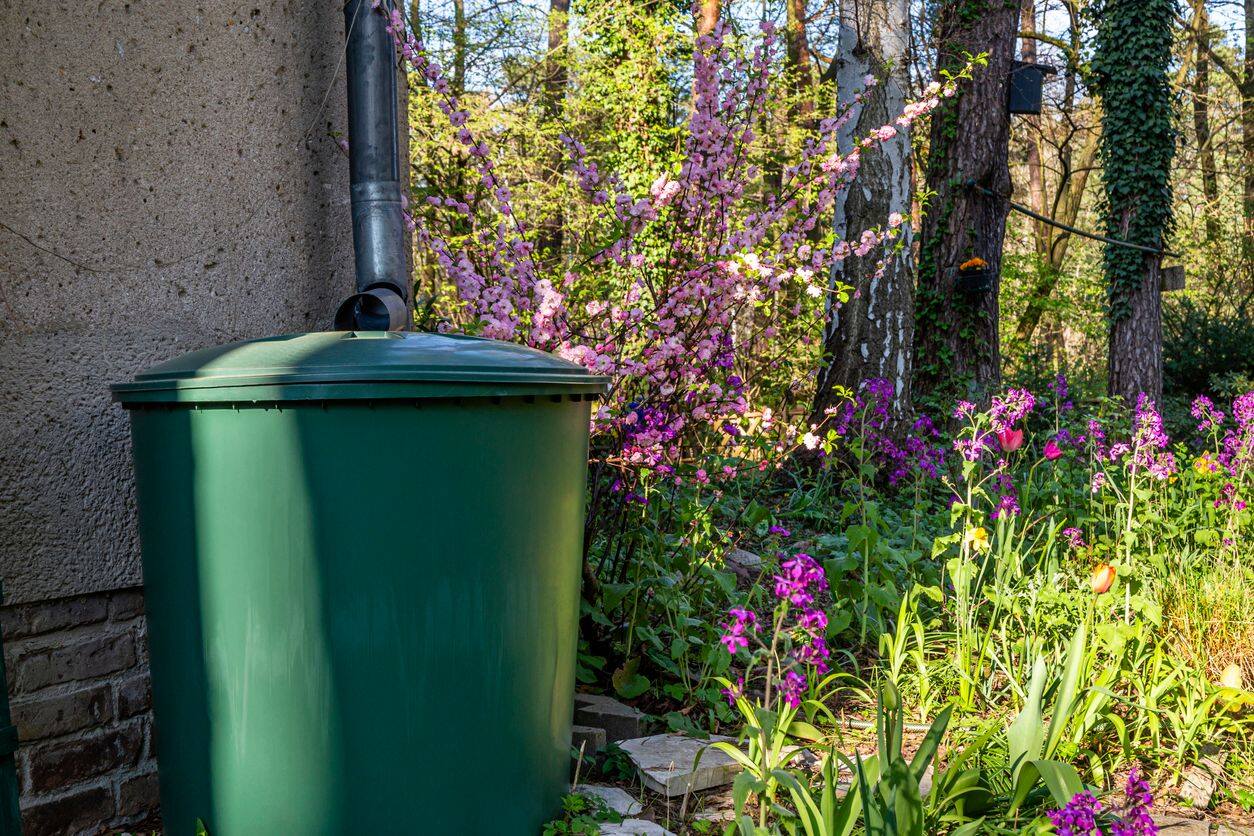
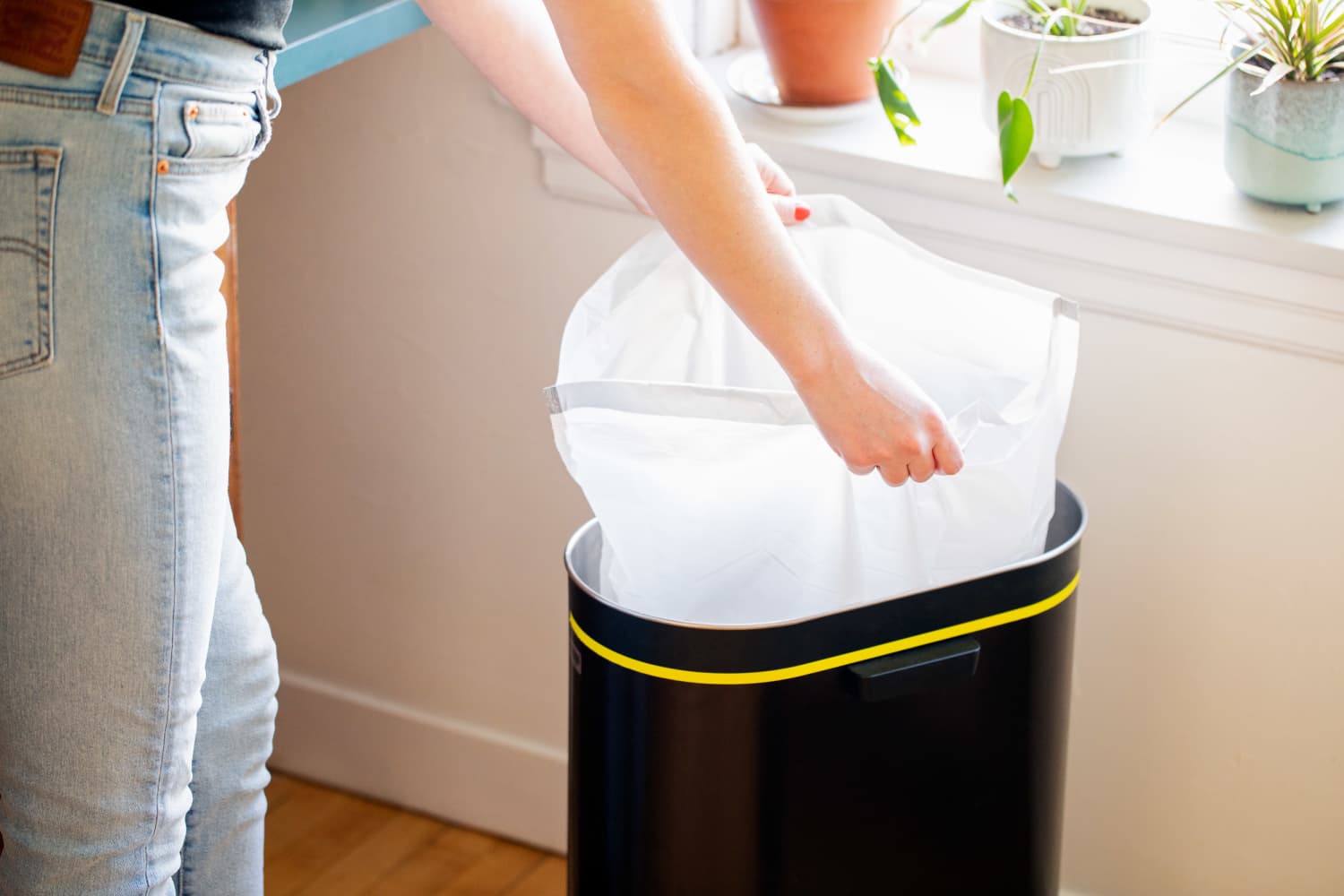
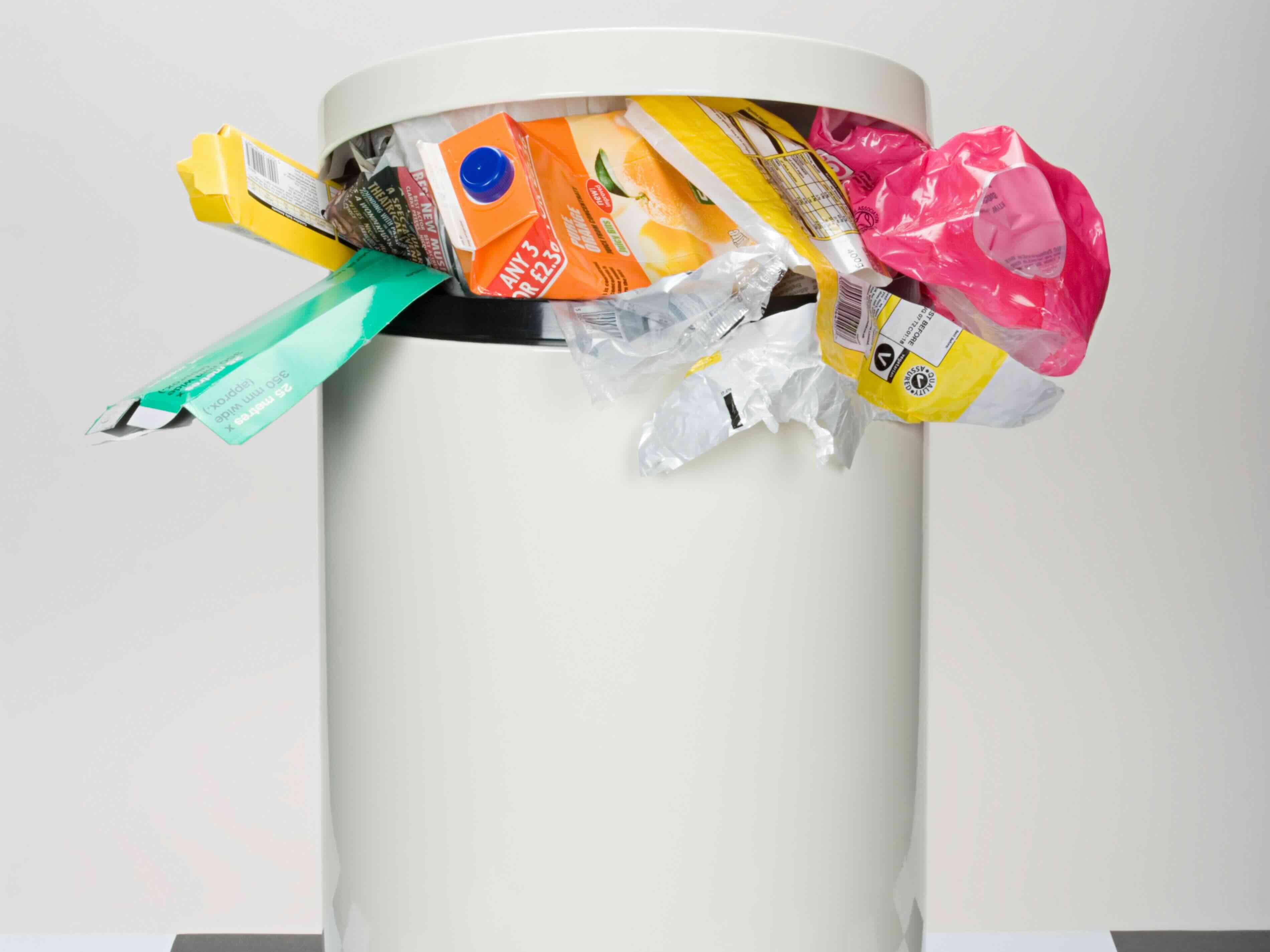
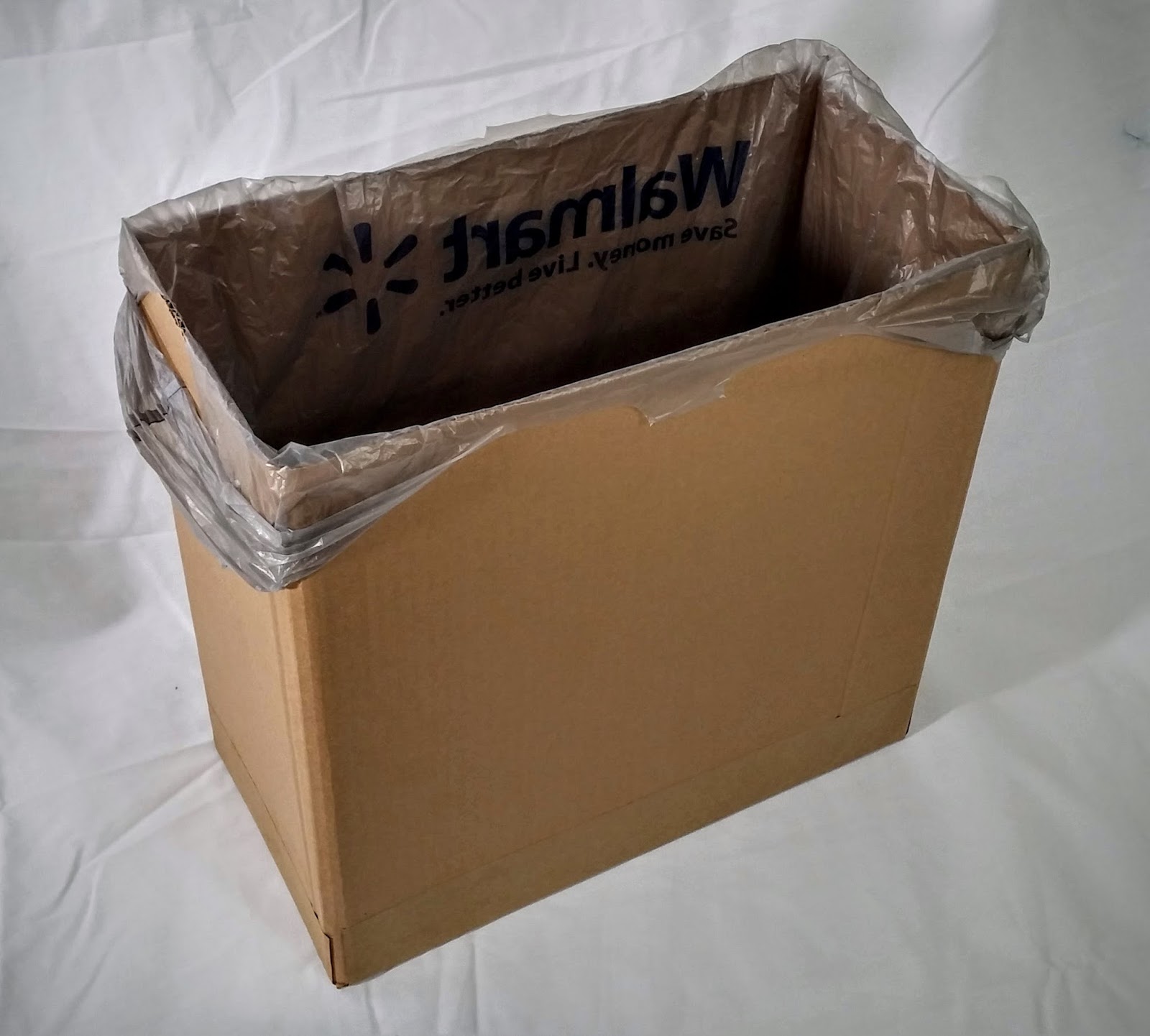
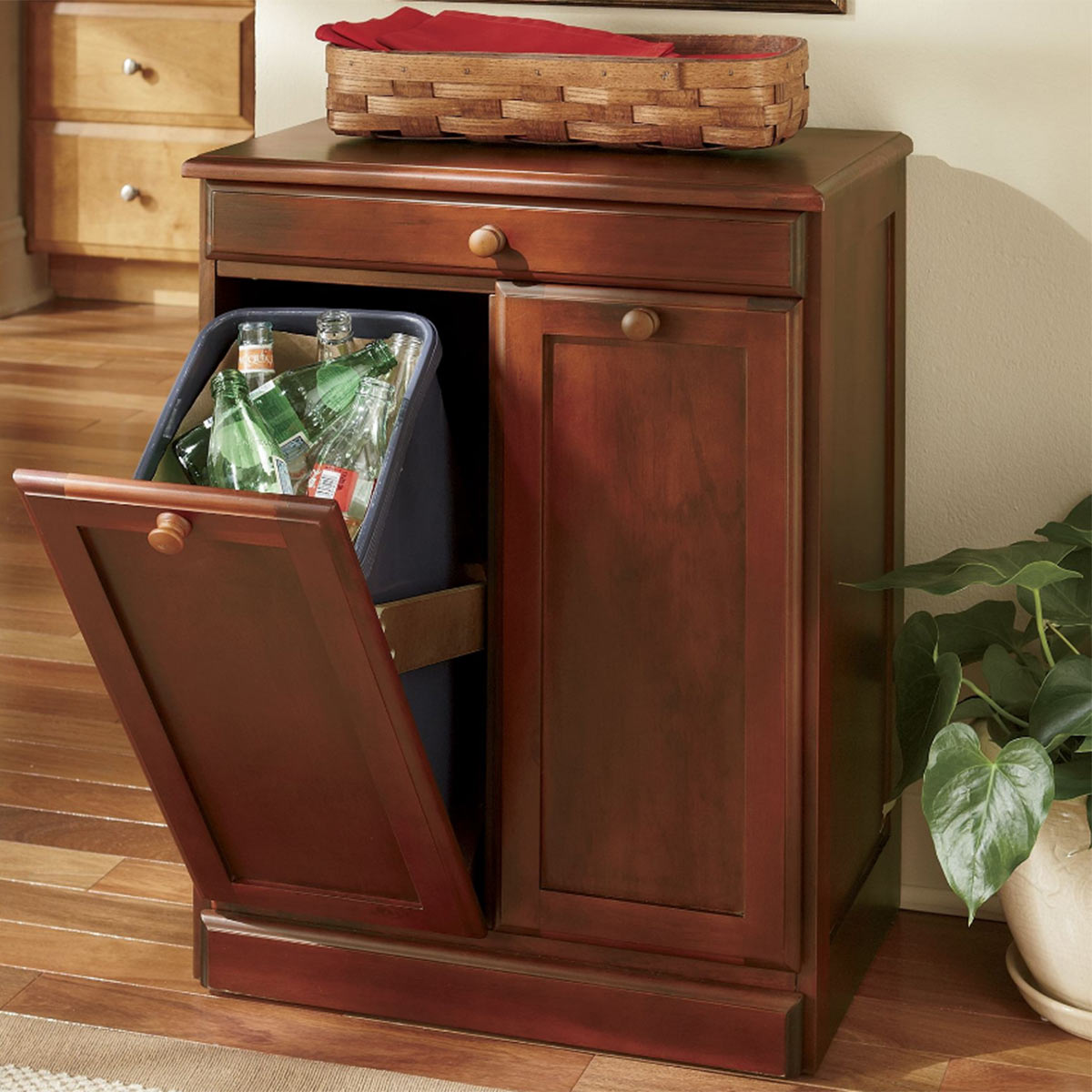
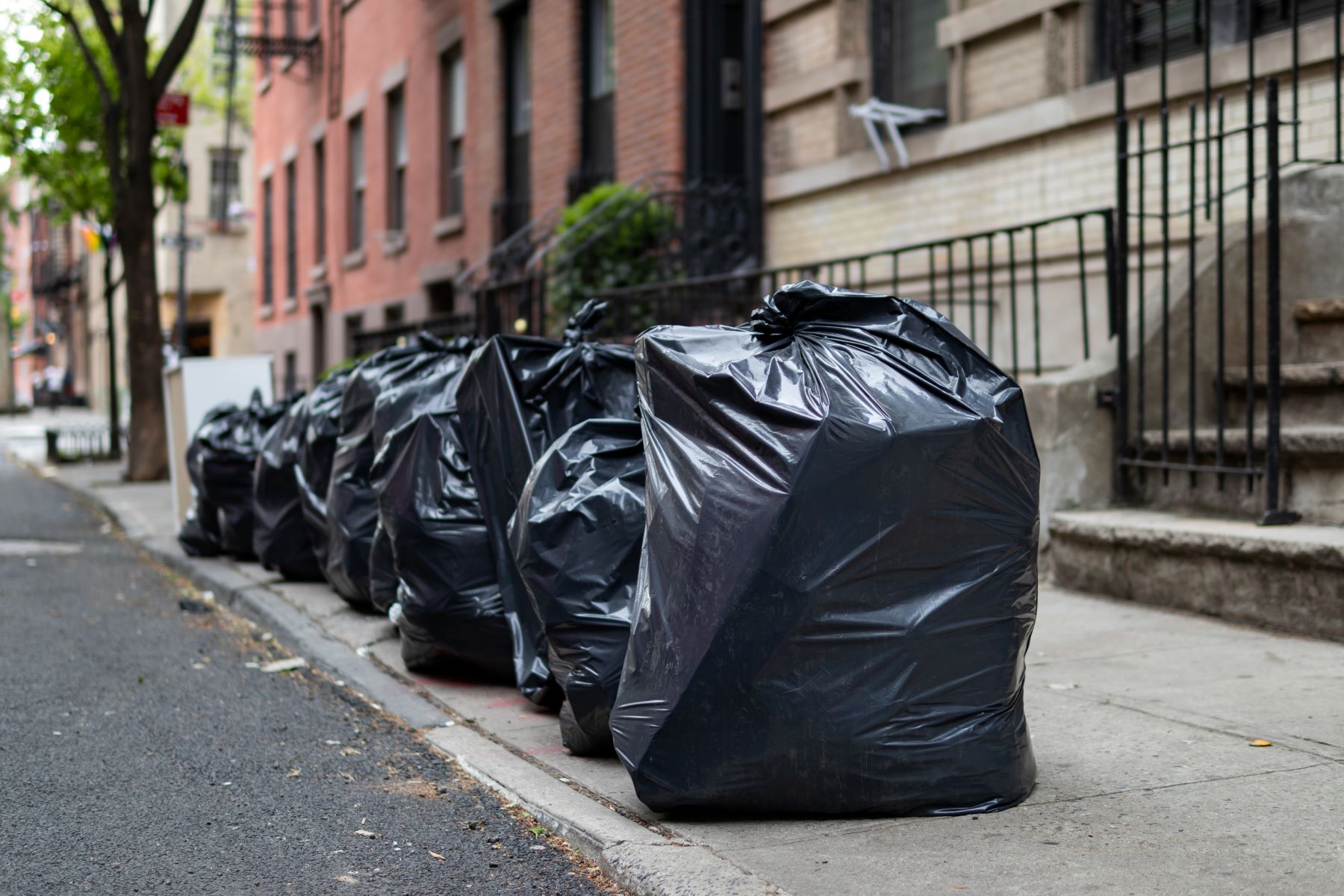
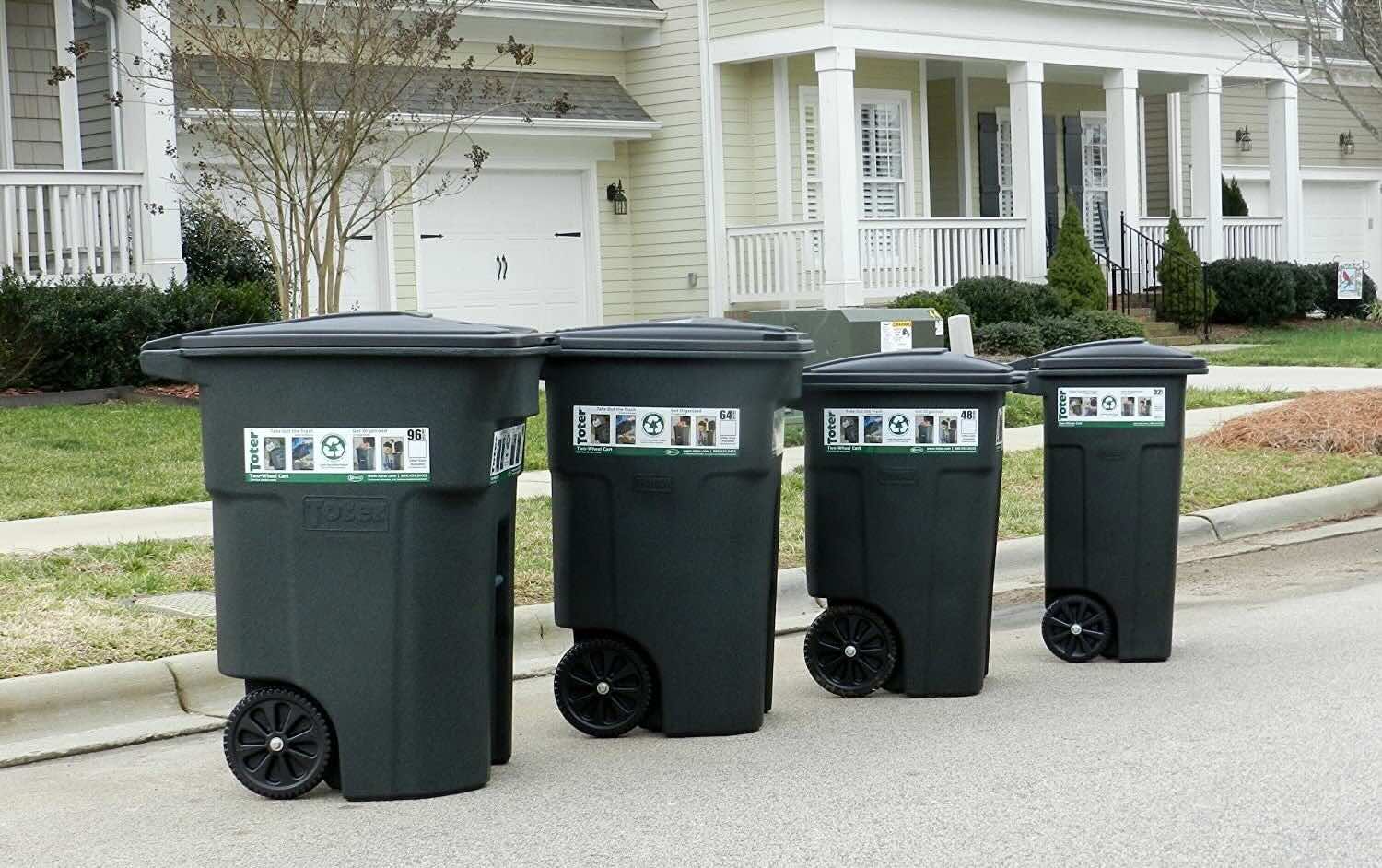

0 thoughts on “How To Keep Gnats Out Of Trash Can”